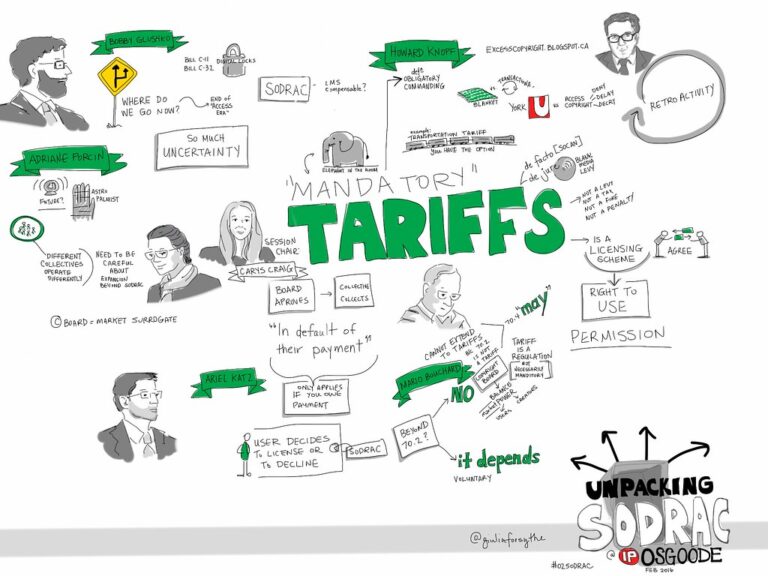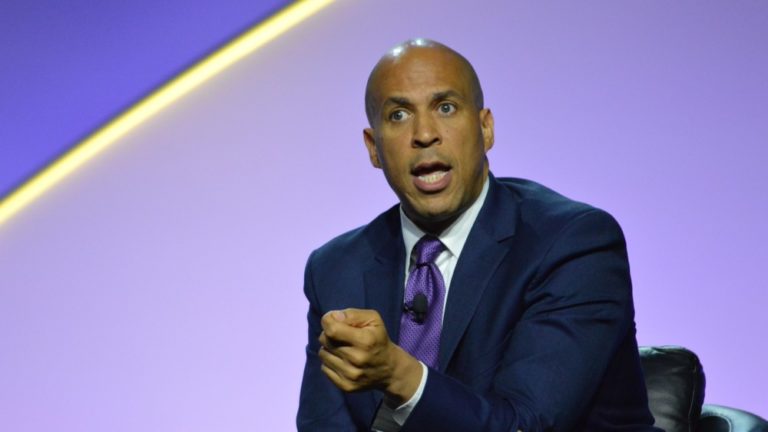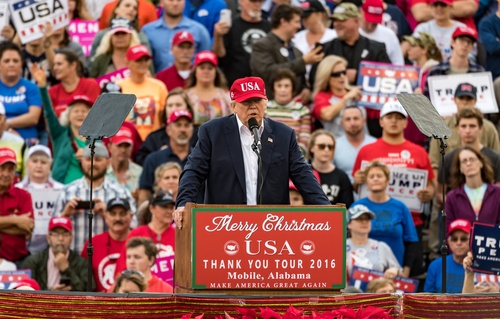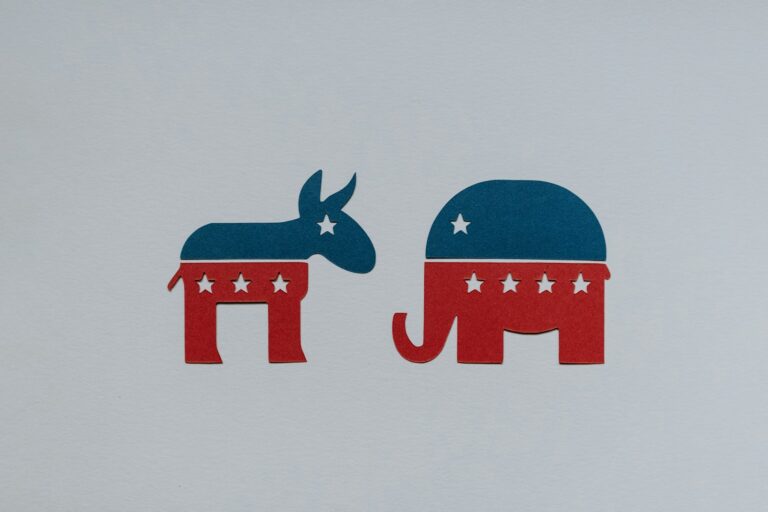Key Takeaways:
- Scientists developed a novel material that significantly boosts solar panel efficiency.
- This breakthrough captures more sunlight and converts it into usable electricity.
- The technology promises cheaper and more powerful solar energy systems.
- Widespread adoption could accelerate the shift to renewable energy globally.
- Researchers are now focused on scaling up production for real-world use.
Imagine solar panels that soak up sunlight like a super sponge, turning almost every ray into clean electricity. That future just got much closer thanks to a major scientific breakthrough. Researchers have unveiled a groundbreaking new material designed specifically for solar cells, promising a giant leap in how efficiently we can harness the sun’s power.
This innovation tackles a core challenge: traditional solar panels waste a lot of sunlight. They simply can’t capture or convert all the different types of light that hit them. Think of it like trying to catch rain with a net full of holes. Much of the precious resource slips through. The new material acts like a much finer net, designed to grab far more of that incoming solar energy.
How the Solar Super-Material Works
So, what makes this material so special? Scientists engineered it at the molecular level to interact with sunlight in a smarter way. It excels at absorbing a broader spectrum of light, including wavelengths that current silicon panels often miss. Moreover, it minimizes energy loss during the conversion process from light to electricity.
Essentially, it squeezes more usable power out of the same amount of sunshine. Picture two sponges: one regular, one super-absorbent. The super-absorbent sponge soaks up way more water. Similarly, this new material soaks up way more sunlight energy. Consequently, panels using this tech generate significantly more electricity without needing to be physically larger.
The Potential Impact: Cheaper, More Powerful Solar
The implications of this efficiency jump are enormous. Firstly, it means solar panels could become substantially more powerful. A rooftop system using this technology could produce much more electricity than a same-sized system does today. This is fantastic news for homeowners and businesses wanting to maximize their clean energy output.
Secondly, higher efficiency often translates to lower costs over time. While the new material might cost more initially, producing more power per panel means you need fewer panels to meet your energy needs. This reduces installation costs and the physical space required. Ultimately, the cost per unit of electricity generated could fall dramatically, making solar even more competitive with fossil fuels.
Accelerating the Clean Energy Transition
This breakthrough arrives at a critical moment. The world urgently needs to transition away from polluting energy sources to combat climate change. Solar power is a key player, but boosting its efficiency is crucial for wider, faster adoption. More efficient panels mean we can generate more clean energy using less land and fewer resources.
Furthermore, this technology could make solar viable in more locations. Areas with less intense sunlight or limited space could still generate significant power. Imagine entire cities powered more effectively by rooftop solar, or remote communities gaining reliable, affordable electricity. The potential to reduce global carbon emissions is truly significant.
Challenges and the Road Ahead
Of course, moving from the lab to your rooftop involves hurdles. Scientists are now intensely focused on scaling up production. They need to manufacture this new material reliably, consistently, and cost-effectively on a large scale. Integrating it seamlessly into existing solar panel manufacturing processes is another key step.
Durability is also paramount. New solar panels must withstand decades of harsh weather – intense sun, rain, wind, and temperature swings. Researchers are rigorously testing the material’s long-term performance and stability to ensure it lasts as long as current panels, or even longer. Real-world pilot projects will be essential to prove its viability outside controlled lab conditions.
A Brighter, Solar-Powered Future
Despite these challenges, the excitement in the renewable energy sector is palpable. This material represents a fundamental advance, not just an incremental improvement. It demonstrates that there are still significant gains to be made in solar technology. Many experts believe this is a pivotal step towards next-generation solar power.
The research team is actively collaborating with industry partners. Their goal is to accelerate the path from prototype to commercial product. While it might take a few years before panels using this tech hit the mainstream market, the development timeline is moving quickly. Continuous refinements and optimizations are ongoing.
What This Means for You
For consumers, this breakthrough signals a future where solar energy becomes even more accessible and powerful. Homeowners could see lower electricity bills and greater energy independence. Businesses can reduce operational costs and strengthen their sustainability credentials. Communities gain cleaner air and a more resilient energy grid.
Investing in solar technology today remains a smart choice. However, this advancement highlights the rapid pace of innovation. Future panels will likely offer significantly better performance and value. Staying informed about these developments helps individuals and businesses make savvy energy decisions as the technology evolves.
The Bigger Picture: Innovation Driving Change
This solar efficiency leap underscores a vital truth: scientific innovation is key to solving our energy and climate challenges. Persistent research and development are unlocking solutions we desperately need. This breakthrough didn’t happen overnight; it resulted from years of dedicated work by scientists pushing the boundaries of materials science.
It also highlights the importance of continued investment in clean energy research. Supporting science and engineering paves the way for more discoveries like this one. Each advancement brings us closer to a sustainable energy future powered abundantly by the sun. The momentum behind renewable energy continues to build, driven by both necessity and ingenuity.
Conclusion: Sunlight Gets a Power-Up
The development of this high-efficiency solar material is undeniably exciting news. It promises to make solar panels significantly more powerful and cost-effective. This breakthrough has the potential to transform the clean energy landscape, making solar power an even more compelling choice worldwide.
While work remains to bring this technology to market, the path forward is clear. Researchers are tackling the scaling and durability challenges head-on. The prospect of widely available, ultra-efficient solar panels is no longer science fiction. It’s a bright reality on the horizon, shining a powerful light on a cleaner, more sustainable future for everyone. The sun just got a major upgrade, and we all stand to benefit.










